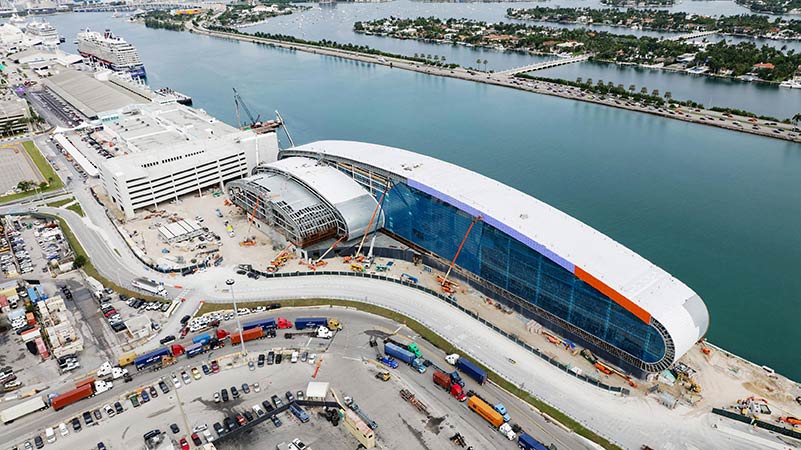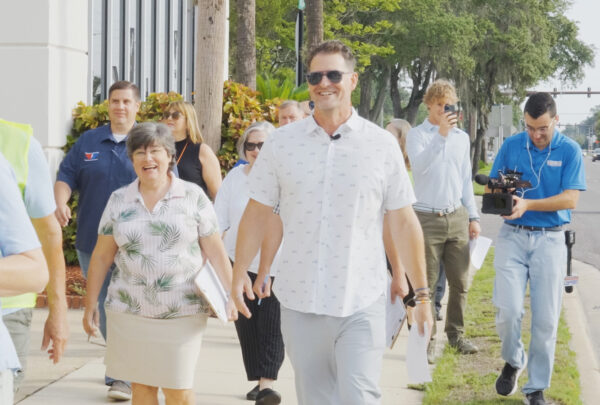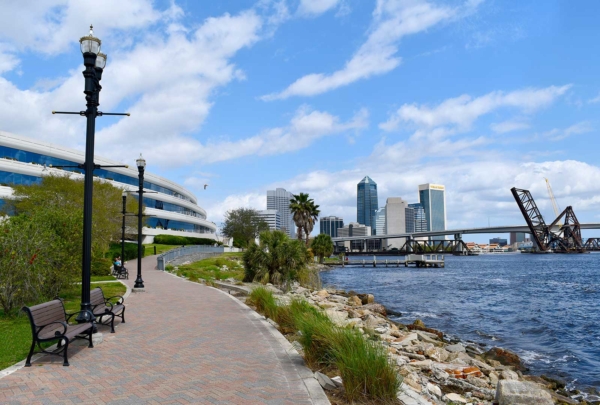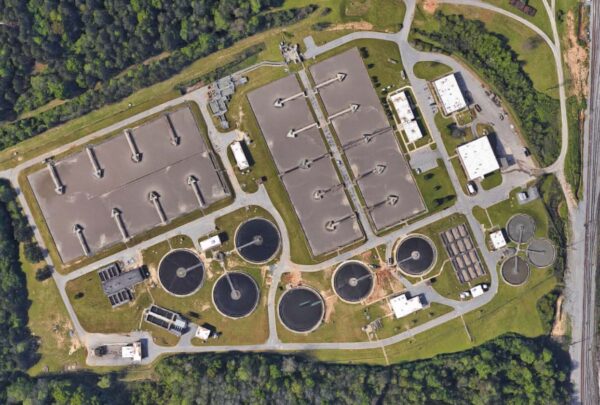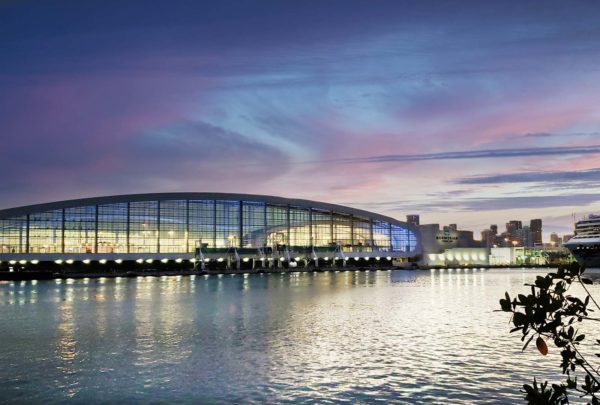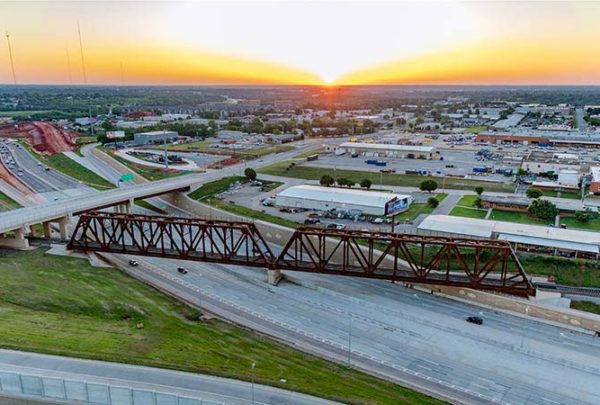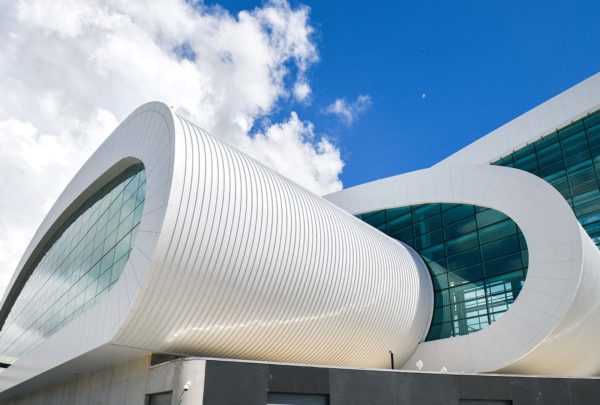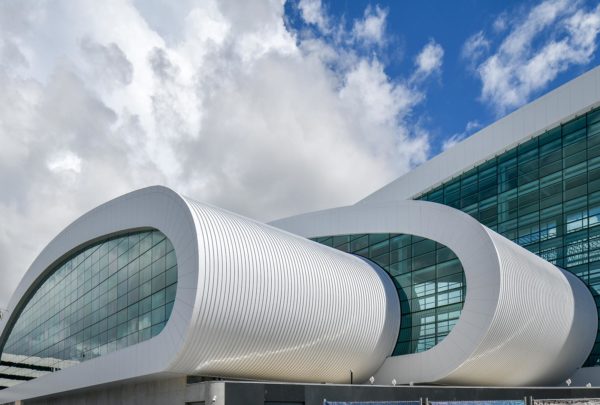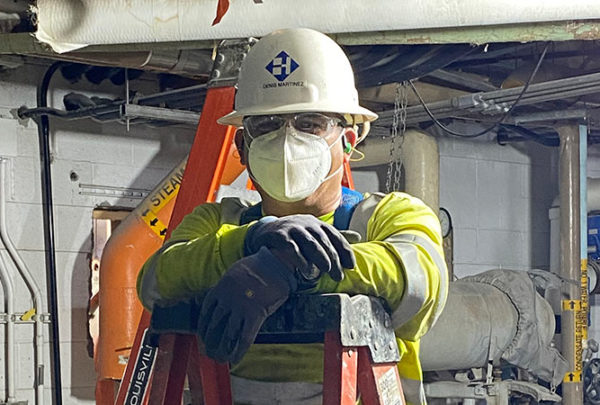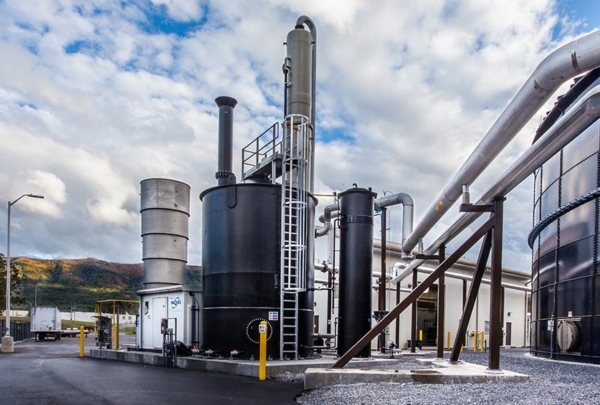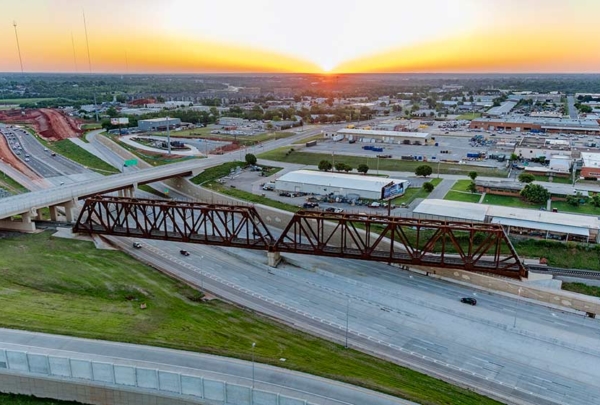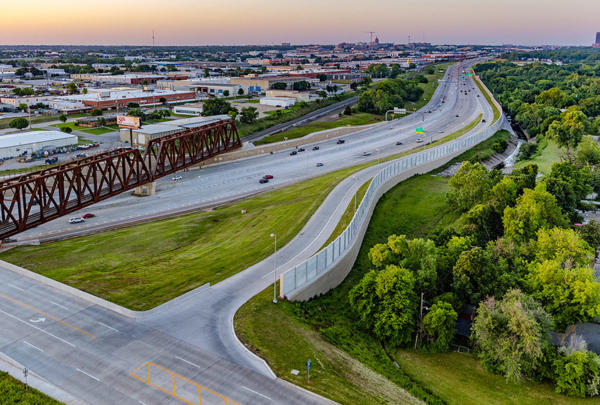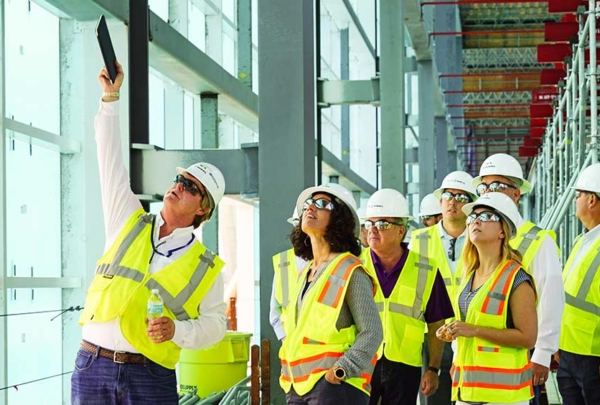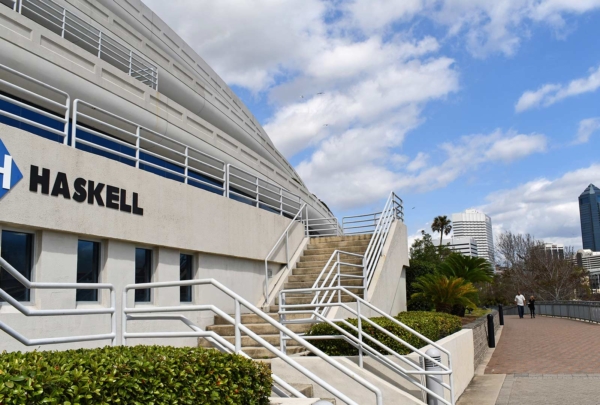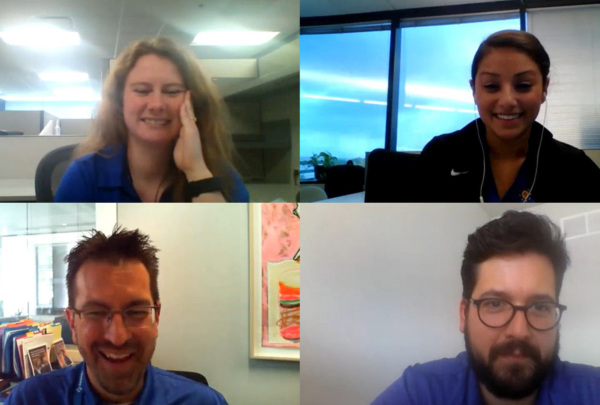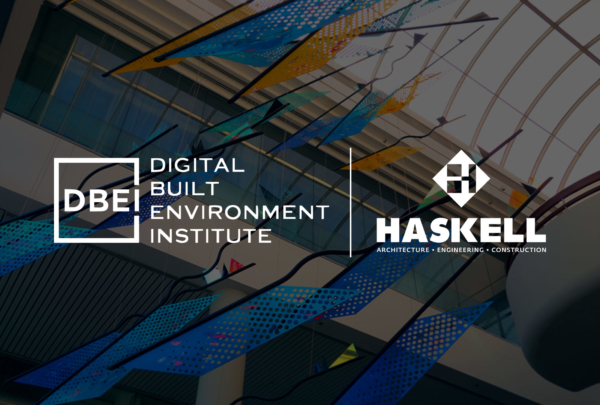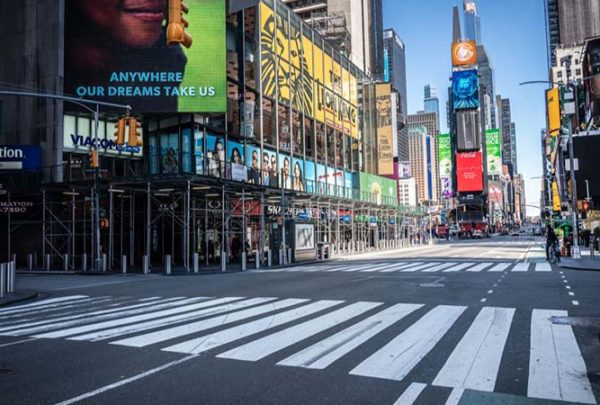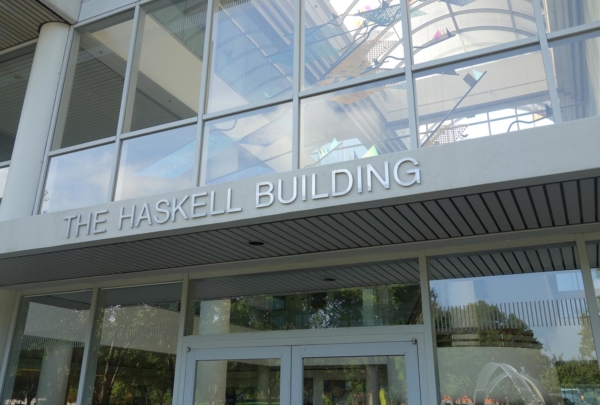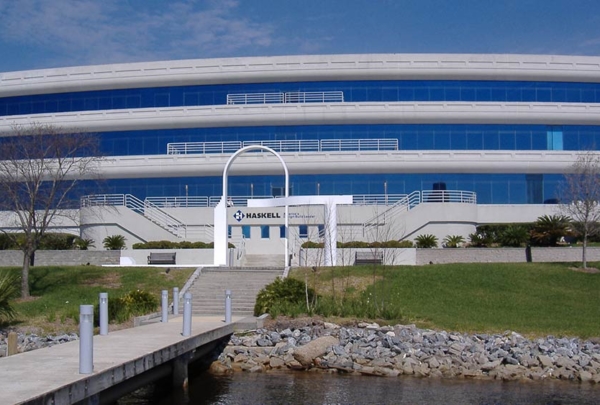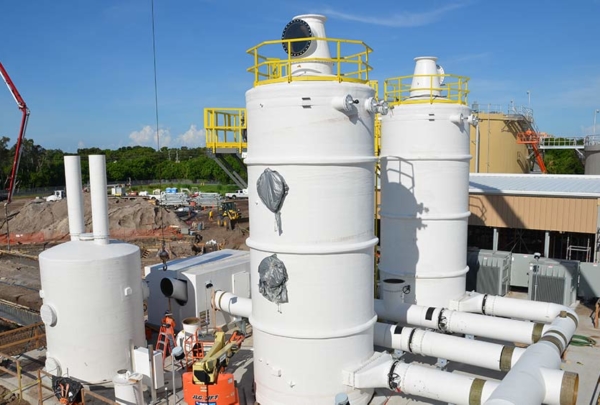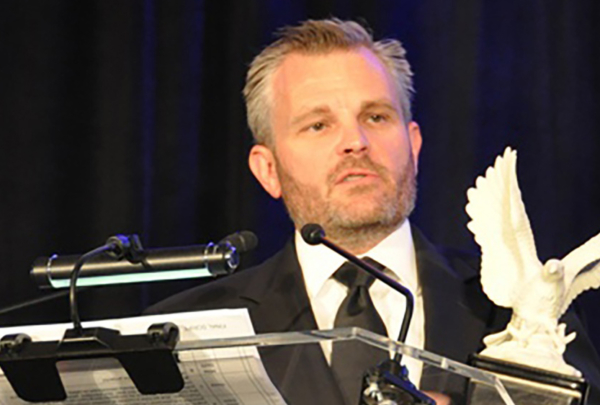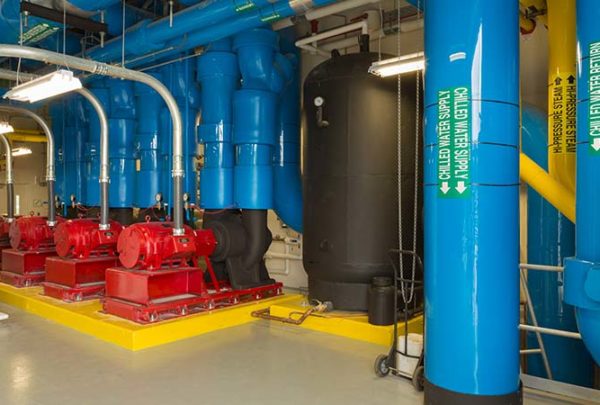Time doesn’t stand still in seaport operations. Ships arrive 24 hours a day, seven days a week and require constant readiness to support a continuous flow of products and passengers.
Whether moving people, containers, or bulk or breakbulk cargo, operations must remain seamless to be efficient. The process is an evolution of technologies and logistics that continuously change and grow to meet the demands of increasing population, tourism and commerce.
Haskell has extensive experience with port operations and can plan and design for the future and build with the flexibility necessary to serve a steadily evolving industry. Cruise itineraries vary with the seasons, while cargo berths are driven by market conditions. Daily port operations are fluid, and Haskell delivers complex projects with excellence in this dynamic environment without compromising the port’s business.
When PortMiami needed to completely modify its infrastructure to separate cruise and cargo operations in preparation for increasing tourism and post-Panamex cargo vessels, they chose Haskell. The Miami Seaport Redevelopment Program consisted of more than 30 individual projects, which Haskell completed using various integrated project delivery methods. Some projects were well-suited for design-build, while others were a better fit for construction manager at-risk (CMAR) delivery. The program required concurrent completion of multiple projects that changed the face of the Port. Maintenance of traffic, public safety and security for privately owned vehicles (POVs), provisioning and cargo traffic were the drivers for design, construction scheduling and sequencing.
“We planned for best- and worst-case scenarios and achieved results that exceeded Port expectations,” said Ed Curry, Market Leader of Haskell’s Maritime Division. “We truly set ourselves apart through our collaborative approach and commitment to understanding the needs of the people we serve.”
Cruise Terminal and Destination Experience
Haskell’s Maritime Division has been entrenched in the evolution of the cruise industry and its facilities for decades. Throughout the past 25 years, the cruise terminal experience itself has been enhanced and amplified to complement the world’s fastest-growing vacation category.
While the events of 9/11 posed regulatory changes to terminal operations, the aesthetics and passenger experience within the terminal has become a large focus of the major cruise lines.
Recently, PortMiami and Norwegian Cruise Line (NCL) jointly developed a new terminal capable of handling ships with a capacity exceeding 5,000 passengers. NCL chose Haskell and its joint-venture partner NV2A to provide CMAR services for the terminal’s integrated delivery.
With its iconic design, NCL Cruise Terminal B, was a dynamic addition to the Miami skyline and an example of the change in branding strategy that major cruise lines are employing to exemplify the cruise experience. The project was chosen as the Engineering News-Record (ENR) 2021 Best of the Best Projects in the Airport/Transit category.
Haskell provided a design-assist approach to the terminal development that added significant value for the stakeholders while also fast-tracking the construction process. Budget constraints required a roundtable approach to value engineering and led to a design-to-budget mindset that met all stakeholders’ expectations. Haskell provided solutions-based leadership that maximized time and efficiency.
“This sort of solutions-based leadership is in our DNA,” Curry said. “It’s apparent in everything we do.”
Destination development is also a focus of the major cruise lines, and Haskell is actively engaged. Many of the lines’ private island developments require infrastructure or theme improvements to meet the industry’s growth. Haskell offers a suite of services, including master planning and design development that can smoothly transition into program management or complete construction packages.
“Our customer base is built on strong, long-term relationships that have been established for many years,” Curry said. “Our staff has worked for the cruise industry as business partners and as employees of the lines themselves, so they bring an intimate knowledge of the industry’s needs and expectations. Our customers place their growth in our hands with trust. We listen, we perform, and we bring their vision to reality.
Planning for Cargo Facilities and Logistics
The cargo and logistics sector, currently stressed with aging infrastructure and a lack of expandable facilities, has a pent-up need to expand and develop for the foreseeable future, both in coastal and inland areas.
Haskell’s expertise in the public and private markets is supported by more than 50 years of delivering distribution facilities, federal security facilities and port real estate planning and development services. Berthing facilities, rail spurs, security gate facilities, intermodal and parking facilities are examples of projects that Haskell has delivered with excellence within the Maritime space.
Port tenants and users in the logistics sphere rely on process. Similar flows and processes used in the movement of passengers and the provisioning of cruise ships apply to the movement of cargo, whether by truck or by rail. Haskell understands how to work in what is an incredibly busy and, oftentimes, dangerous environment. It isn’t feasible to shut down adjacent operations at a port when working on a project. Team members adapt to existing conditions to safely and securely manage the project delivery process.
Haskell has provided distribution and logistics facilities that directly align with transportation facilities that serve ports across the country. Clients such as Frito-Lay, Proctor & Gamble, Toyota, Mazda and Anheuser Busch have trusted Haskell to complete more than 1,000 projects using fully integrated project delivery.
The Future of Maritime Engineering and Construction
Since the first ships began making their way across the world’s oceans to discover, explore and trade, the maritime industry has fueled commerce. Today, it produces more than $5 trillion in total economic impact and 30 million jobs.
The COVID-19 pandemic threw one of the world’s most stable industries into unprecedented turmoil and, in fact, few industries were more disrupted than the cruise industry.
Rather than view these uncertainties as a detriment, Haskell has committed itself to identifying opportunities to support its clients in the maritime industry and adapt not only to the immediate challenges of today, but also to finding lasting solutions for tomorrow. Modifications to various elements in cruise and cargo business models and logistics are needed to weather the storm of uncertainty stemming from the pandemic. Haskell is a partner in this effort.
Pier and Maritime Construction for a Warming Planet
There’s no question that 2020 brought focus to the need for sound, strategic leadership to confront the demands of a changing planet. The pandemic is simply one example of how that affects the maritime market.
The consequences of a warming planet mean higher sea levels, which put added strain on the coastal areas vital for the industry’s continued growth. That makes it imperative for maritime leaders to have access to solutions that will ensure the continuity of global commerce and protect the needed infrastructure to accommodate it.
Coastal areas across the world are most at risk from climate change, and hardening efforts will require a large-scale regional combination of solutions that mesh the expertise of coastal engineering with the experience of heavy-duty construction in marine environments.
Haskell is uniquely equipped to bring these skills to bear with a deep and talented team of designers and planners that includes former officers from the U.S. Army Corps of Engineers. This gives the company the practical experience needed to tackle these challenges and understand how to navigate the various processes of advancing the project.
Haskell’s team of in-house experts has been trusted to deliver expansive projects at some of the world’s busiest and widely regarded ports and destinations. Contact them to discuss your upcoming project.
